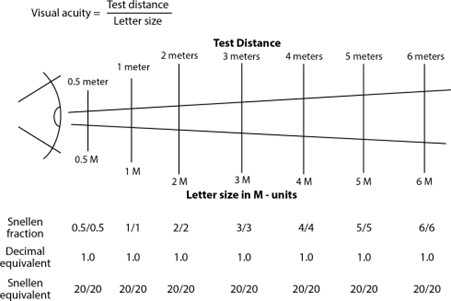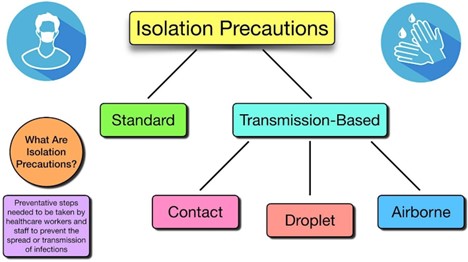The nurse is performing a focused interview and eye assessment on a client. Which assessment findings indicate the client is experiencing a vision problem? (Select all that apply)
As the nurse dims the lights in the room, the client’s pupils dilate.
As the nurse checks for accommodation, the pupils remain dilated.
The clients far vision acuity is 20/20 bilaterally.
The client exhibits a symmetrical pupillary light reflex response.
Correct Answer : B,E
A. Dilated pupils in response to dimmed lights are a normal response and not an indication of a
vision problem.
B. Pupils that remain dilated during an accommodation test indicate that the client may have an
issue with their autonomic nervous system and is not able to adjust their pupil size appropriately.
C. Far vision acuity of 20/20 bilaterally indicates normal vision.
D. A symmetrical pupillary light reflex response is a normal finding and not an indication of a vision
problem.
E. Frowning and squinting while reading the Snellen chart may indicate that the client is having difficulty seeing the letters clearly and may have a vision problem.

Nursing Test Bank
Naxlex Comprehensive Predictor Exams
Related Questions
Correct Answer is C
Explanation
Option c, clarity, odor, and amount is the correct answer. These are important parameters to assess when inspecting urine. The clarity of the urine can indicate the presence of particles or bacteria.
The odor of the urine can provide clues about potential infections or other medical conditions. The amount of urine can help to assess hydration status and kidney function.
Option a, consistency, clarity, and articulation is not applicable to urine as urine is a liquid and does not have consistency or articulation.
Option b, consistency, residual, and odor is partially correct. Residual urine can be assessed through other methods such as ultrasound or catheterization, but it is not typically assessed through a visual inspection of the urine.
Option d, clarity, firmness, and amount, is not applicable to urine as urine does not have firmness.
Correct Answer is C
Explanation
Standard precautions refer to the basic infection prevention measures that should be taken with all patients, regardless of their known or suspected infection status. This includes hand hygiene, the use of personal protective equipment (such as gloves), and the proper handling and disposal of contaminated items.
If there is a concern for an infection, additional precautions may be necessary based on the suspected or confirmed pathogen. In such cases, the nurse should follow transmission-based precautions, which are specific measures designed to prevent the spread of certain types of infections. For example, if there is a concern for a respiratory infection such as influenza, the nurse may need to use droplet precautions, which would include wearing a mask in addition to standard precautions.
It's important for the nurse to assess the patient's medical history and current condition to determine what precautions are necessary. The nurse should also be aware of and follow the infection control policies and procedures of their healthcare facility.

Whether you are a student looking to ace your exams or a practicing nurse seeking to enhance your expertise , our nursing education contents will empower you with the confidence and competence to make a difference in the lives of patients and become a respected leader in the healthcare field.
Visit Naxlex, invest in your future and unlock endless possibilities with our unparalleled nursing education contents today
Report Wrong Answer on the Current Question
Do you disagree with the answer? If yes, what is your expected answer? Explain.
Kindly be descriptive with the issue you are facing.
